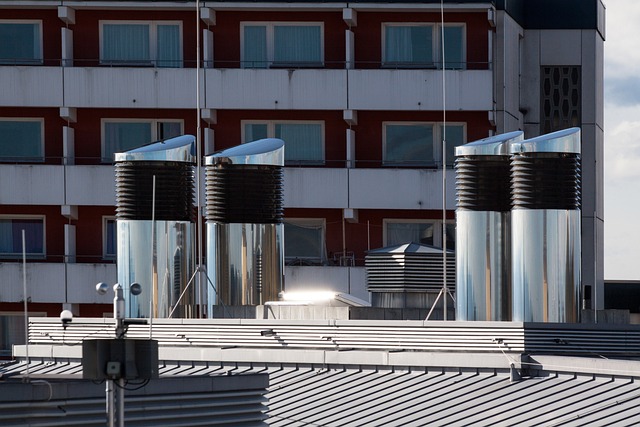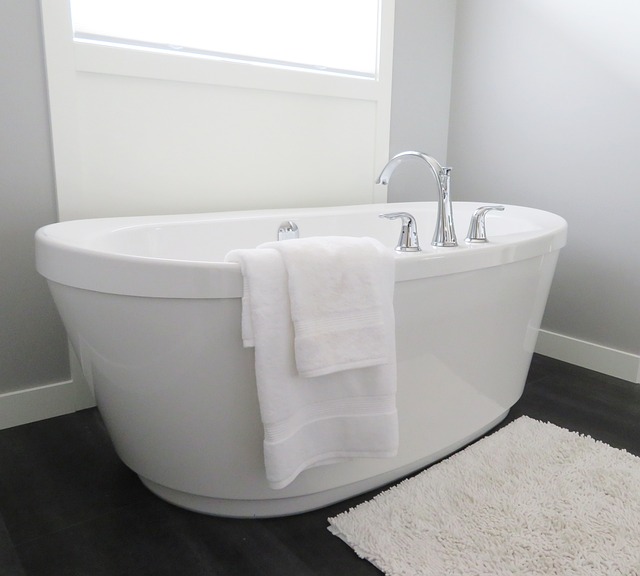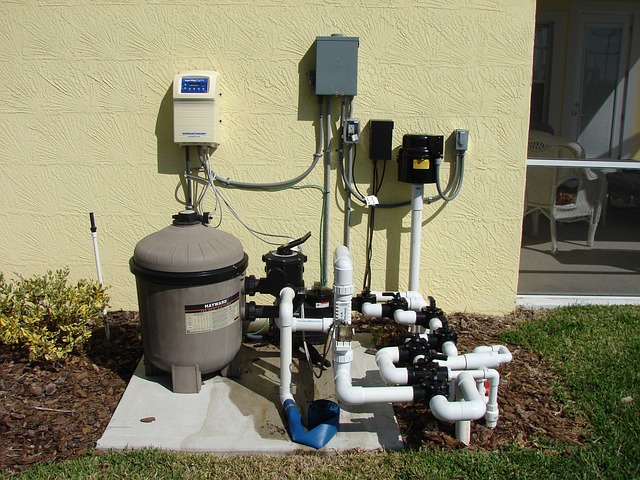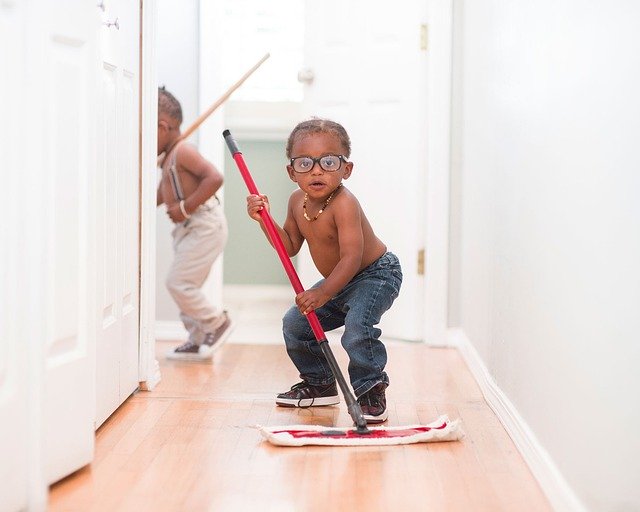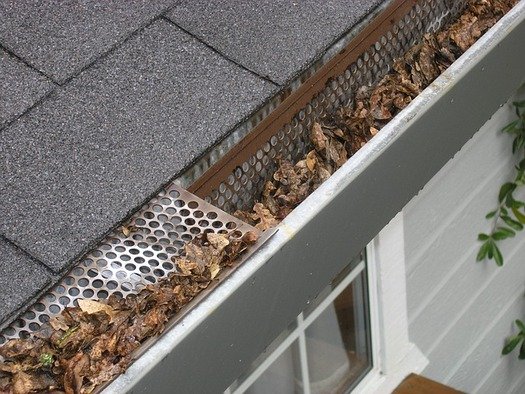Maintaining a healthy and clean indoor environment involves more than just surface cleaning; it extends to the often-overlooked air ducts circulating air throughout your home. In this detailed guide, we’ll explore the step-by-step process of cleaning and disinfecting your home’s air ducts. Understanding the importance of this maintenance task, we’ll also cover everything you need to know about air ducts, common signs that they need cleaning, and safety precautions to ensure a thorough and safe cleaning process.
Air ducts are pathways that deliver and remove air to and from heating, ventilation, and air conditioning (HVAC) systems. Ducts are typically made of metal or flexible plastic and distribute conditioned air throughout your home. Clean ducts contribute to better indoor air quality by reducing the circulation of dust, allergens, and mold.Also, cleaner ducts enhance the efficiency of your HVAC system, promoting better energy utilization.
Here is our related post on The Importance of Cleaning Your Dryer Vent which you will not want to miss.
Signs Your Air Ducts Need Cleaning
1. Visible Mold Growth
- Inspection: Examine visible duct surfaces for mold growth, as this can negatively impact air quality.
2. Dust and Debris
- Excessive Accumulation: If you notice an unusual amount of dust or debris around vents, it may be a sign of dirty ducts.
- Visible Particles: Visible particles blowing out of vents may indicate the need for cleaning.
3. Unpleasant Odors
- Musty Smells: A musty or unpleasant odor emanating from the vents may suggest mold or bacterial growth.
4. Respiratory Issues
- Increased Allergies: If occupants experience heightened allergy symptoms, it could be due to contaminants in the air ducts.
5. Vermin Infestation
- Presence of Pests: Evidence of pests or vermin in the ducts indicates a need for cleaning.
The Cleaning and Disinfecting Process
1. Gather Your Supplies
- Protective Gear: Wear gloves, a mask, and safety glasses to shield yourself from dust and contaminants.
- Cleaning Tools: Gather brushes, a vacuum with a long hose, and a screwdriver for access panels.
2. Turn Off HVAC System
- Safety First: Ensure the HVAC system is turned off to prevent the spread of dust during cleaning.
- Safety Switch: Locate and use the safety switch on the thermostat or the main electrical panel.
3. Remove and Clean Vent Covers
- Unscrew Covers: Use a screwdriver to remove vent covers.
- Clean Covers: Wipe covers with a damp cloth or wash them with mild soap and water.
4. Clean Ductwork
- Brush Cleaning: Use a long-handled brush to dislodge dust and debris from duct surfaces.
- Vacuuming: Attach a vacuum hose to the brush or use a separate vacuum to collect loosened particles.
5. Disinfect Ducts
- Appropriate Disinfectant: Use a disinfectant specifically designed for HVAC systems.
- Spray or Wipe: Apply the disinfectant by spraying or wiping down the duct surfaces.
6. Change Air Filter
- Regular Replacement: Install a new air filter to capture any remaining particles and maintain clean air circulation.
- Filter Quality: Choose a filter with a high Minimum Efficiency Reporting Value (MERV) rating for better filtration.
7. Inspect for Mold
- Visual Inspection: Check for visible mold growth on duct surfaces.
- Professional Assessment: If significant mold is present, consider hiring a professional for removal and remediation.
8. Seal and Reattach Components
- Duct Sealing: Ensure any gaps or leaks in the ductwork are properly sealed.
- Reattach Components: Securely reattach vent covers and any access panels removed during cleaning.
9. Schedule Regular Maintenance
- Annual Inspection: Plan for annual inspections and cleaning to prevent the accumulation of contaminants.
See also our post on The Complete Guide: How to Clean and Disinfect Your Home’s Blinds and Curtains
Safety Precautions
1. Protective Gear
- Gloves: Protect hands from dirt and potential allergens.
- Mask: Wear a mask to avoid inhaling dust and contaminants.
- Safety Glasses: Shield eyes from debris during cleaning.
2. Electrical Safety
- HVAC System Off: Turn off the HVAC system at the thermostat or main electrical panel.
- Safety Switch: Utilize the safety switch to ensure the system remains off during cleaning.
3. Ventilation
- Open Windows: Provide ventilation by opening windows to allow fresh air into the home.
- Airflow During Cleaning: Use fans to direct airflow towards open windows during the cleaning process.
4. Disinfectant Safety
- Read Instructions: Follow manufacturer instructions when using disinfectants.
- Ventilation: Ensure proper ventilation when applying disinfectants to prevent inhalation.
5. Professional Assistance
- Complex Issues: For extensive mold or vermin issues, consider hiring a professional for thorough cleaning and remediation.
Conclusion
In conclusion, cleaning and disinfecting your home’s air ducts is a crucial yet often overlooked aspect of maintaining a healthy indoor environment. By understanding the signs that your ducts need attention and following a systematic cleaning process, you contribute to better air quality, increased energy efficiency, and the overall well-being of your home. Remember to prioritize safety, wear protective gear, and schedule regular inspections to keep your air ducts in optimal condition. With these simple steps, you can breathe easy, knowing that your home’s air is clean, fresh, and conducive to a healthier living space.





